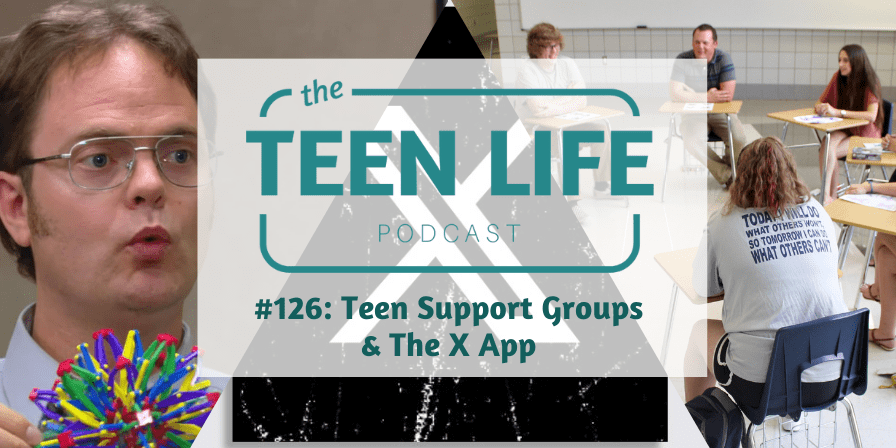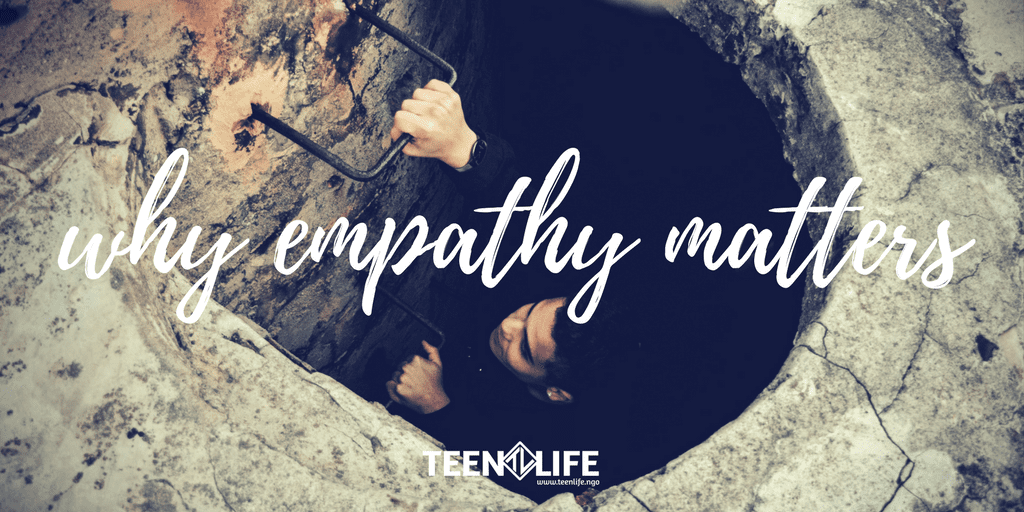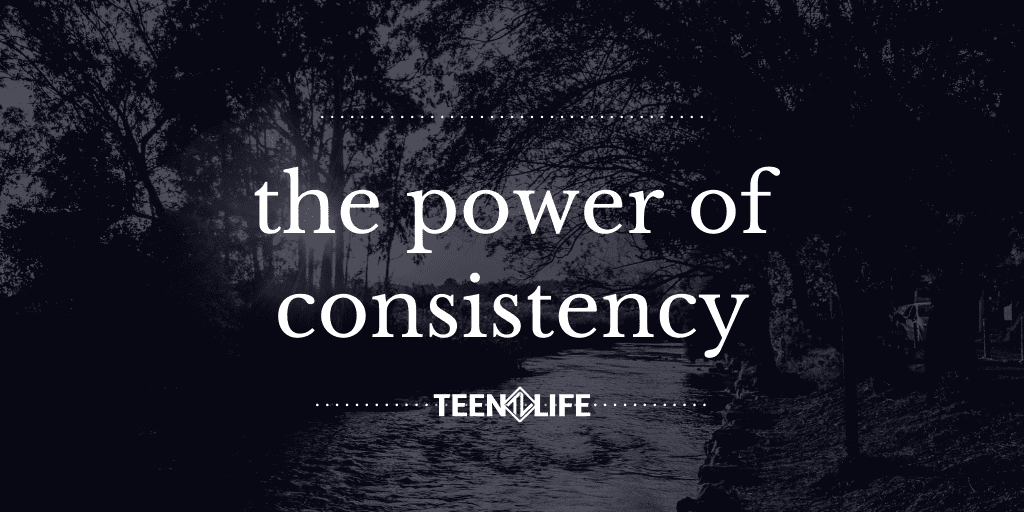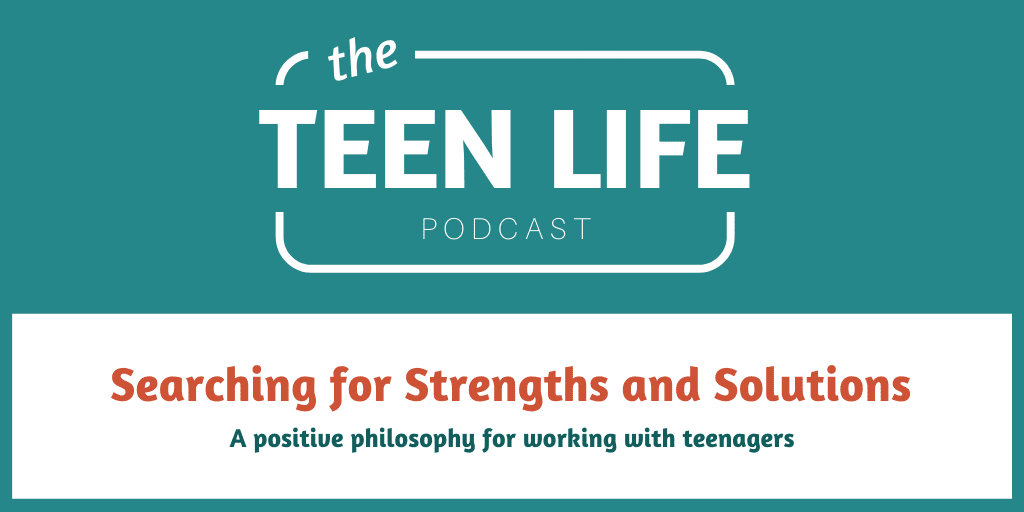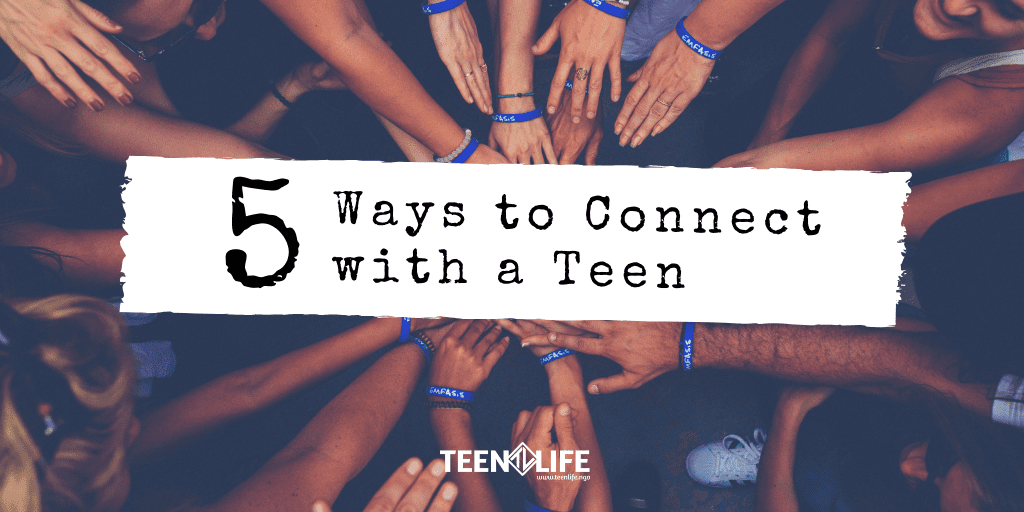
How to Define Group Norms that Teens Will Actually Follow
Starting with a new group of teens can be hard.
It’s finally here- your first day facilitating a Teen Life group on a new campus.
You fight through the inevitable nerves that come with walking into a middle or high school and find your way to the group room. Students start to trickle in and sit down, many with questions about why they are there, who you are and what on earth a support group is. Phones start being pulled out of pockets to avoid the awkwardness of waiting for everyone to arrive. Some students arrive several minutes past the agreed-upon group start time. You start to dread the next eight weeks, wondering how you can unite and earn the trust of this group of teenagers.
Setting norms as a group creates felt safety.
If you have facilitated a group with Teen Life before, you know how foundational it is to take time at the very beginning to collaborate with students to establish group norms.
Penn Medicine Academy defines norms as “..guidelines for how the team members will interact and communicate. [They] help to clarify the expected behavior of individuals on the team and prevent unnecessary conflict.”
Clear group norms provide felt safety and trust for students and also increase their likelihood of returning to the Support Group. But often, this time can become chaotic, divisive, and ultimately a missed opportunity to create a structured space that will allow the group to flourish.
I wish I could say that in my experience leading groups, I have always done an outstanding job executing this process.
I look back and see missed opportunities for sparking creativity and collaboration in students as well as leaving a gray area in expectations that allowed for distracting behaviors to persist through the following weeks of Group.
(Note to self: middle school students will find every excuse imaginable to “go drink water.” )
I now know to bring this up on week one as something for students to critically think about!
Establishing “rules” versus “norms” will backfire.
As a group facilitator, it is your role to partner with students in establishing the culture and expectations of the group.
Our desire is never to lay down a list of rules and demand that students obey them. We know that this establishes a lack of trust and felt safety and is much more likely to lead to students never returning to Group. On the other end of the spectrum, we don’t want to let students have complete control and establish norms that are not conducive to the overall structure and success of the group OR the limits of the school environment.
So how do you find that sweet spot in the middle that will ultimately have a HUGE payoff for your group?
Asking the right questions can help students set beneficial norms.
A few guiding questions that can be beneficial in providing a framework for establishing group norms and empowering students to take part in this process….
- What kind of group environment would make you feel the most comfortable and safe sharing and participating?
- What kinds of behaviors would take away from your group experience or make you feel less safe and willing to participate?
- What would a positive, impactful group look like for you?
Try utilizing these three questions (adapt to age/population as needed) to group specific norms into overarching categories (ie: Norm: be respectful, specifics: show up on time, do not talk over someone else, no phones during group).
Everyone needs to agree (mostly).
Ensure that students clearly understand the agreed-upon group norms and provide space for questions and discussion.
Norms may not seem like the most glamorous part of your group, but they are truly the first team-building opportunity for your group members to conquer together.
Make sure to document your norms so that they can be referred back to. This can be on a “contract” that students sign together, on a flipchart, on notecards each of the students have, etc.
Bonus: Try having a different group member read/remind everyone of the established norms at the beginning of each group session!
Conclusion
While we want students to have a voice in this process, remember that at the end of the day, you are the adult in the room and you may need to input a few non-negotiable norms such as confidentiality and safety-related norms.
Do you have a creative, engaging practice for establishing group norms that has been your go-to in the past? We would love to hear about it! Send your ideas/tips to program@teenlife.org.
More resources on establishing norms:

Lara Precure
Licensed Social Worker (LCSW)
Lara Precure | Licensed Social Worker (LCSW)
It is one of Lara’s greatest desires to see teens come to know their inherent value and walk in the wholeness of who they were created to be. She holds a Bachelor's Degree in Social Work from Baylor University and a Master's in Social Work from The University of Texas at Arlington.

